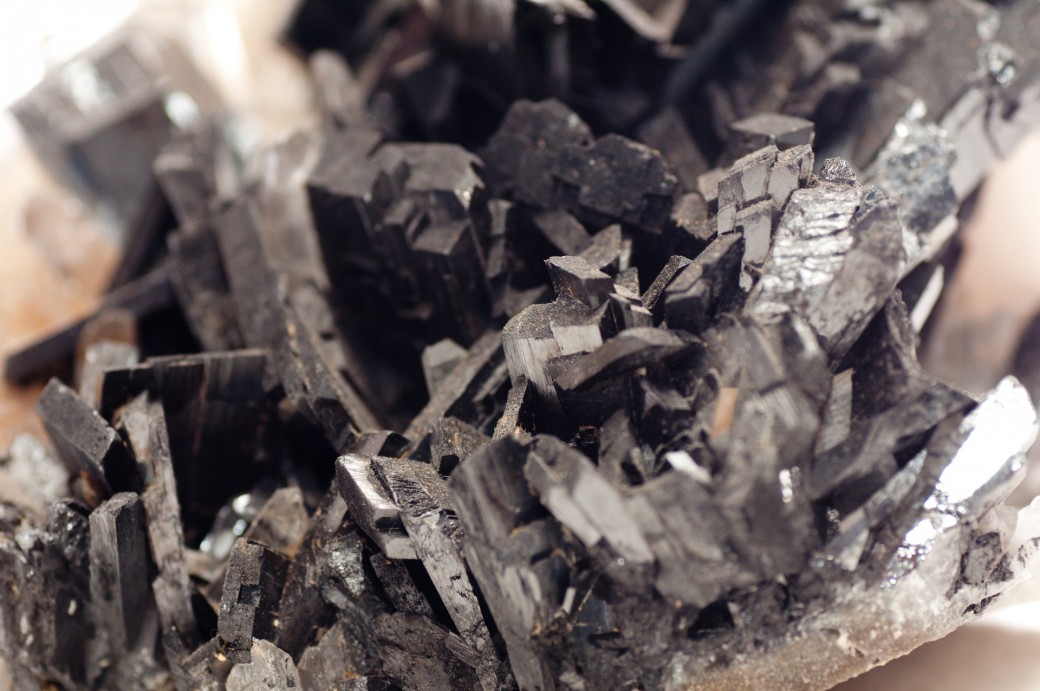
Tungsten
Tungsten [ˈvɔlfram] is a chemical element with the element symbol W and the atomic number 74. It belongs to the transition metals, in the periodic table it is in the 6th subgroup (group 6) or chromium group. Tungsten is a white, high-density, high-density, brittle, pure metal. It possesses of all pure metals the highest melting point and the highest boiling point. His best known use is therefore the incandescent filament in incandescent lamps
Physical Properties
Tungsten is a white shiny, malleable metal of medium hardness, high density and strength. The density is almost the same as that of gold, the Brinell hardness is 250 HB, the tensile strength 550-620 N / mm2 to 1920 N / mm2. The metal exists in a stable cubic-body centered α-modification with a lattice plane spacing (= lattice constant) of 316 pm at room temperature. [19] This type of crystal structure is often called a tungsten type. In contrast, a substance called metastable β-modification of tungsten (distorted cubic body-centered) is the tungsten-rich oxide W3O.
As a mixture with carbon, it is called tungsten carbide (WC) or VHM and is mainly used in high-performance tools. These tools, in new or used condition, are currently the majority of our product range.
At 3422 ° C, tungsten has the highest melting point of all chemical elements (carbon does not melt, but passes directly into the gaseous state at 3642 ° C) and with 5930 ° C also the highest boiling point.
The metal is a superconductor with a critical temperature of 15 mK.
Chemical properties
Tungsten is a chemically very resistant metal that is hardly attacked by hydrofluoric acid and aqua regia (at least at room temperature). It dissolves in mixtures of hydrofluoric and nitric acids and molten mixtures of alkali nitrates and carbonates.
